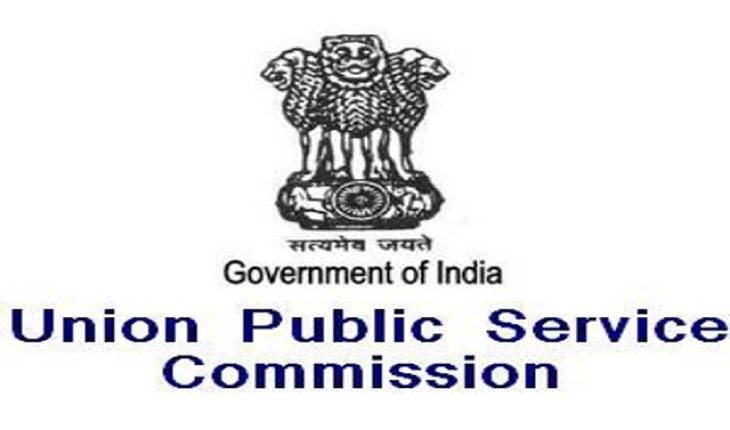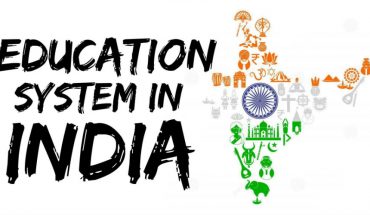When you take a look at the evolution of IAS System, it fascinates to the nth degree. Started by the British, the elite for Indian Civil officers was called the ‘steel frame’ of the colonial rule. During the independence movement, our freedom fighters saw the Indian Civil Services as a hindrance. They thought of the officers as another way for foreigners to dominate the country.
By the time 1947 came around, and we gained freedom, leaders realized that it was crucial to have qualified personnel to administer the nation. It was especially required at that point because social tensions were high and national unity was threatened.
After the constitution was created, the Indian Civil Service was replaced by Indian Administrative Services or the IAS as we know now. The modification was made to:
- Guarantee unbiased standards of administration
- Drive social and economic development in a coordinated manner
- Promote a holistic national perspective
Read More About : The Birth And Change Of The IAS System
Every recruit that the UPSC selected was a university graduate and had to pass a written and oral exam. The pattern has continued until today. There was a time when the majority of IAS officers came from the educated and affluent section of the society. Slowly changes were made to incorporate people from schedule class and schedule tribe.
It is not just the test pattern that remains similar. The odds of getting selected to the elite pool of candidates were as low then as they are now. For instances, in 1988, about 85,000 aspirants gave the examination. Out of this mere hundred and fifty were appointed positions.
The evolution of the IAS system in our nation winds for more than half a century. Every civil services aspirant should be aware of at least the basic history of it.






